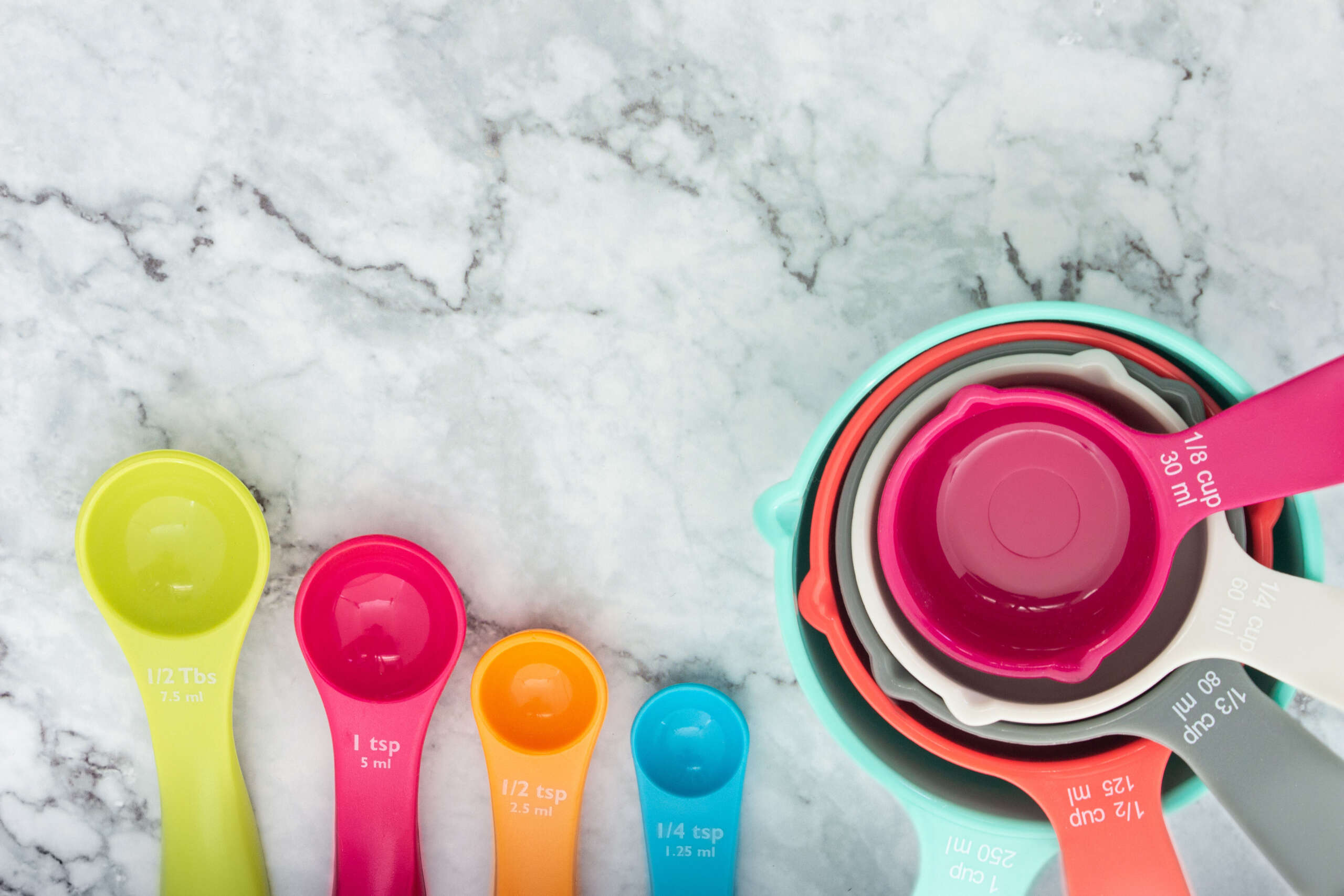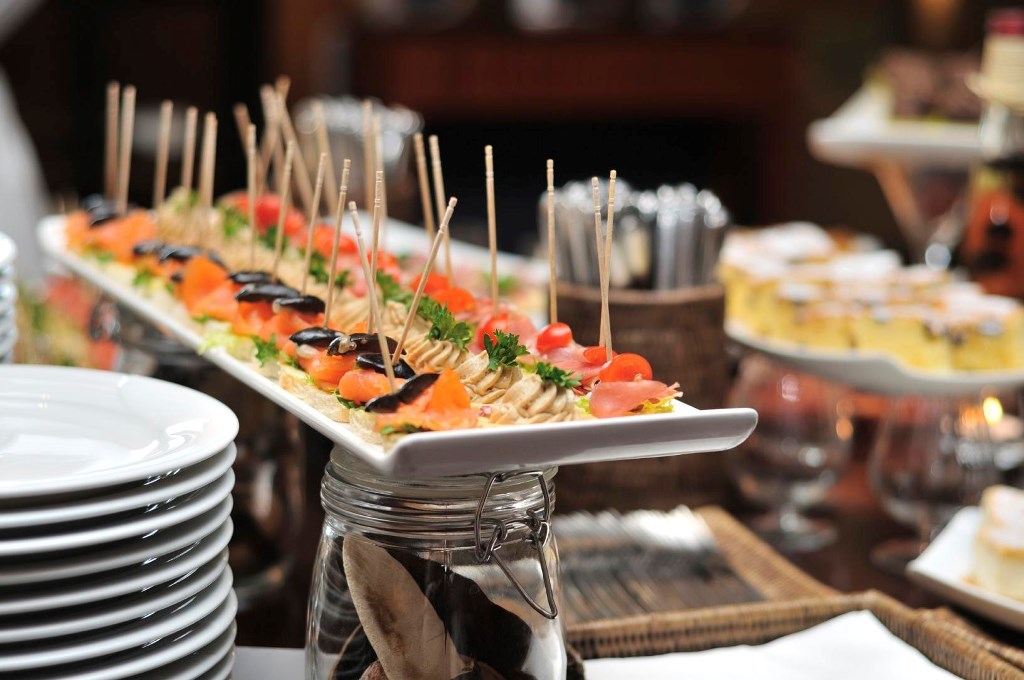How to Measure Success in Event Catering
When the last dish is cleared, and the final toast is made, how do you measure the success of the food and beverage experience at your event? Whether it’s a gala, conference, or informal gathering, the culinary offerings play a pivotal role in shaping guest satisfaction and overall event success.
Here’s a symphonic approach to understanding just how well your event catered to the appetites and expectations of your attendees.
Attendee Feedback via Satisfaction Surveys
Begin with the immediate reactions—satisfaction surveys. These tools are used right after a food function and, at the end of the overall event, provide you front-row feedback on how each culinary note was received. Ask questions like, “How would you rate the quality of the food?” and “Were your dietary needs accommodated satisfactorily?” This feedback is crucial, as it measures not just taste but the inclusivity and presentation of your meals, ensuring every guest feels valued. Incorporate questions that delve into the timeliness of service and the professionalism of the staff to get a fuller picture of the dining experience.
Tracking Repeat Attendance
Guests who return for subsequent events can serve as a testament to a well-received menu. Analyze trends in repeat attendance, especially among those with specific dietary needs. A consistent retention rate increase suggests your event hits the right taste notes while also accommodating dietary inclusivity. Compare these figures with overall event satisfaction scores to correlate the impact of your F&B efforts.
Vendor Feedback
Your chefs, banquet captains, servers, and suppliers can provide valuable behind-the-scenes insights. Were chefs able to source ingredients sustainably? How much food was left on the buffet and back-of-house in the hot boxes or refrigerators? How did they perceive the event’s food waste goals? Engaging in this dialogue helps fine-tune your operations for future events, ensuring sustainability and efficiency are part of your event’s recipe. Extend these conversations to include the ease of logistical arrangements and any difficulties encountered in service execution.
Social Media Buzz
The instant critique and praise on social media platforms are akin to a live review. Monitor mentions, shares, and the overall sentiment related to the event’s food. Positive engagement online is often a spontaneous and genuine indicator of delightful dining experiences. Track specific posts that tag your event or use your event’s hashtag to gauge direct attendee reactions.
Budget vs. Spend
Evaluate your financial sheet. Comparing the budget allocated to actual spending gives insight into the cost-effectiveness of your food choices. Assess whether the premium paid for high-quality or special dietary menus translates into enhanced attendee experiences and sponsorship satisfaction. This financial analysis can help adjust future budgeting for more effective cost management. Check your bar purchases as well. Does it make sense to purchase the package per person versus on consumption? How much of each kind of drink was consumed?
Post-Event Interviews and Media Coverage
Conduct post-event interviews to gather more nuanced feedback and consider the coverage your event’s food and beverage receive in local or industry media. Positive reviews and featured articles can amplify your event’s reputation, enticing new attendees. This feedback loop is essential for continuous improvement and can lead to more sophisticated marketing strategies.
Sustainability Measures: Waste Reduction Metrics
Finally, measure the success of your sustainability efforts by tracking food waste and using compostable or recyclable materials. These metrics reflect your commitment to environmental stewardship and enhance your event’s appeal to eco-conscious attendees. Based on these findings, Consider setting specific waste reduction goals and sustainability for future events.
Utilizing these varied feedback mechanisms to measure success ensures your event’s food and beverage offerings meet and exceed expectations, leaving a lasting impression that enhances the overall event experience.



